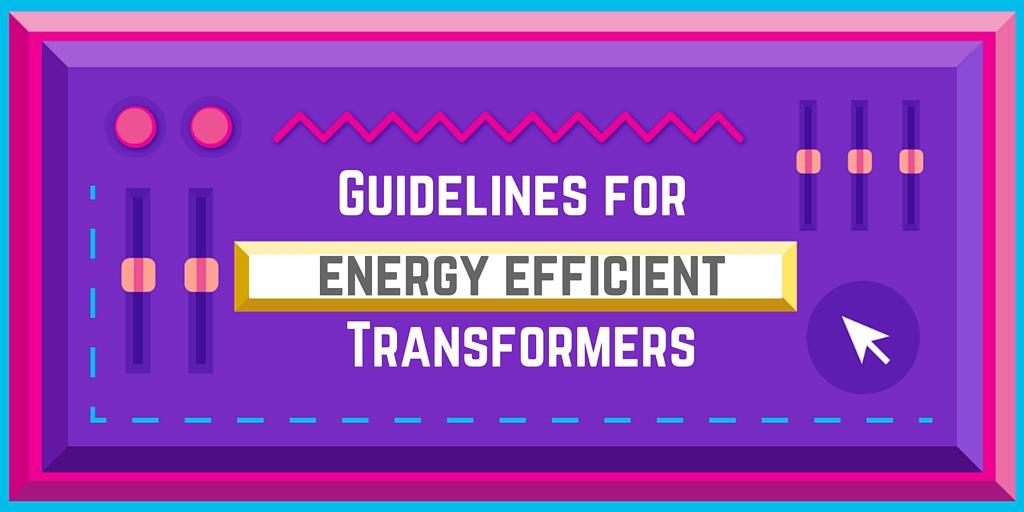The electrical systems in a building have the infrastructure that provides electricity throughout the building. This includes electrical substation, distribution systems, energy efficient transformers, circuit breakers, capacitors, electrical meters, etc. The purpose of having an efficient electrical system in a building structure is to avail energy efficient transformers delivery systems and keeping the losses in the electrical infrastructure to least.
It is also important to have ideal safety mechanisms in the installed electrical system for availing continuous power supply. There are major guidelines that manufacturing units need to follow to intend any electrical system-
A general electrical distribution facility in a structure will include-
- Power distribution systems for equipments like indoor substation, building distribution, process control systems, protection systems, etc.
- Power outlet system for material handling systems, movable equipments, and transportation system.
- Auxiliary systems, like AC, compressed air systems, refrigeration, fire alarm systems, computer based equipments, and more.
- Inverter/ DG sets/ UPS/ cogeneration equipments
While intending the flexible design and efficient operation of electrical system, there are certain things to consider-
- Safety of life and property including equipments
- Flexibility of the plant distribution system
- Reliability of the system input supply and interruptions tolerance limit
- Location of the plant substation and its deployment
- Complete cost
- Flexibility of operation and maintenance
- Provision of quality service
- Adherence to laid-down procedures with accountability
- Technical parameters and specifications of materials
Guidelines for selection and rating of transformer
Many times transformers applied in electrical power systems are three-phase transformers. They can be distinguished by the vector group and the cooling type.
Power transformers with ideal ratings and design should be picked by the user to satisfy the least acceptable efficiency at 50% and full load rating. The transformer should be selected so that it lowers the complete initial cost along with the present value of the cost of its total lost energy.
You can reduce transformer losses with proper load distribution. The purpose of any energy efficient transformer is to offer better quality of power to different load centers in the plant at high overall efficiency. In large and mid scale industrial units, owners install number of transformers that feed power to the loads in the plant. The distribution transformers used by them are not optimally loaded sometimes and there lies an energy-saving opportunity by shifting the load from the overloaded transformer system to the under-loaded transformer.
